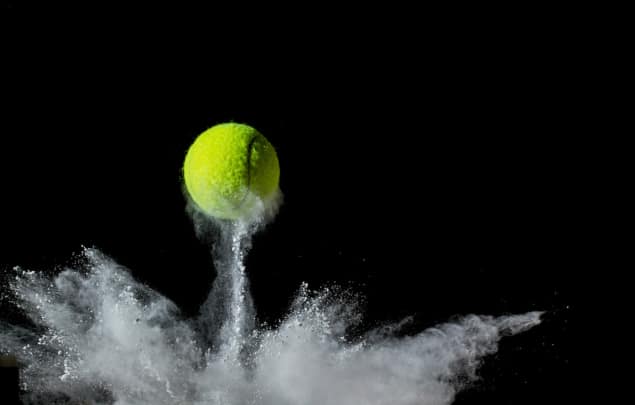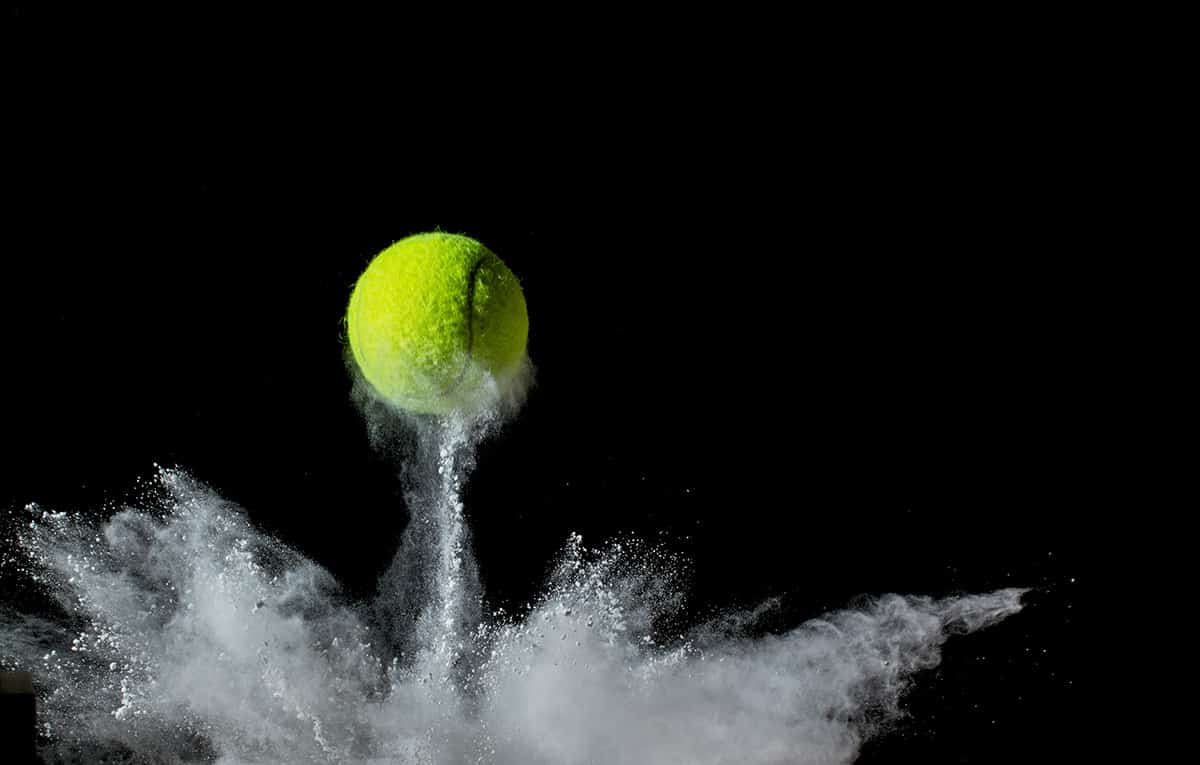The simplest questions are often the best. Robert P Crease tries to answer one from a physics student in Kenya
 “What are some of the best and cheapest physics undergraduate projects that one can do?” That was the question that Desmond Rakumo, a third-year student at Maseno University in Kenya, posed to Physics World in an e-mail late last year. Rakumo is pursuing a bachelor of science degree in physics but admitted he was “not well familiarized with how to handle physics projects”.
“What are some of the best and cheapest physics undergraduate projects that one can do?” That was the question that Desmond Rakumo, a third-year student at Maseno University in Kenya, posed to Physics World in an e-mail late last year. Rakumo is pursuing a bachelor of science degree in physics but admitted he was “not well familiarized with how to handle physics projects”.
I wrote back to Rakumo, pointing out that being cheap and being good may sound like exclusive attributes but don’t have to be. Going jogging, say, costs next to nothing but does wonders for your physical fitness and the same can be true when it comes to your mental agility. Still, coming up with a suitable undergraduate physics project that ticks both the “good” and “cheap” boxes requires ingenuity.
The price is right
Some students are fortunate enough to have links with institutions that let them work freely on advanced equipment. For example, at my own university (Stony Brook in the US) some undergraduates carry out projects at the National Synchrotron Light Source at the nearby Brookhaven National Laboratory. In the past, some even did experiments at an on-campus tandem Van de Graaff generator. The superconducting linear accelerator attached to it could reach well over a million MeV.
Coming up with a suitable undergraduate physics project that ticks both the “good” and “cheap” boxes requires ingenuity.
Now if you don’t have access to such state-of-the-art equipment, one place to look for alternatives is in the pages of the Institute of Physics’ journal Physics Education. During the pandemic, it put together a collection of experiments that can mostly be done at home. One neat example describes measuring the Reynolds number using just a plastic bottle, Blu Tack and some water.
Another source of inspiration is the back catalogue of The Physics Teacher, a journal published by the American Association of Physics Teachers. Monthly columns such as “How things work” and “Apparatus for teaching physics” have ideas for an astounding range of projects. Graduate students and advanced undergraduates will find many ways to apply relatively inexpensive equipment to ambitious projects.
These include ingenious, low-cost ways to make a Michelson interferometer, a Faraday cage and cloud chambers. There are ideas for quantitatively studying everything from the wavelength of light, the double-slit phenomenon and Lissajous figures to Planck’s constant and the photoelectric effect. But when I asked Gino Elia, a former physics teacher who is now a graduate student in Stony Brook’s philosophy department, I was in for a surprise. “Tennis balls,” he informed me, “are a must.”
Bounce a tennis ball on receipt paper, where it leaves a mark, and you can use your smartphone’s slow-motion camera to evaluate the conservation of energy or get a value for the acceleration due to gravity. Roll tennis balls down inclined planes, let them fall off table-tops, or fire them through a serving machine and you’ve got the perfect means for studying acceleration and projectile motion. They’re also handy for studying spin and elastic and inelastic collisions. You can even illustrate the Doppler effect by cutting a tennis ball open, inserting a tiny speaker and whirling the ball round your head with a string.
Bounce a tennis ball and you can use your smartphonea to evaluate the conservation of energy or get a value for the acceleration due to gravity.
Other cheap equipment that Elia recommends for simple projects include wind-up cars and trains for measuring energy, velocity, distance and displacement (see, for example, J. Phys. Conf. Series 1076 012026). “A single yo-yo can be used to make a lab for every principle of mechanics,” he adds (I’ll leave it as an exercise to the reader to work out how) while bungee cords, strings and yarn are handy too. One Physics Teacher column even discussed the physics of hot dogs, making them roll using principles of heat transfer.
Good, better, best
So much for “cheap”. But what does a “good” project entail? I told Rakumo that planning a project can be done top-down or bottom-up. Top-down means choosing your objective first. That’s like deciding to put on Hamlet, say, and then looking around for the right players, props and support with which you can pull it off. A bottom-up approach means first surveying available resources and then seeing what to do with them. That’s like deciding what show you can do with your available actors, props and stage. Maybe not Hamlet.

Physicist creates remarkable tennis-ball towers, including one made from 46 balls
A good physics project, like a good play production, most likely lies in between, negotiating objective and resources. And just as a good Hamlet involves actors who interact rather than simply mouthing the right lines, so a good physics project is one whose outcome arises from its various elements working well together – and not simply giving an answer near to the known value.
Think about experiments to produce tangible evidence that the Earth is spinning by seeing which direction the plane of a pendulum drifts or which way water swirls down a drain. Both are effectively useless with inexpensive equipment given their susceptibility to environmental conditions. If the plane or the swirl doesn’t go in the “right” direction you know the parts aren’t working together properly.
The critical point
So where does all this leave Rakumo? He told me he had access to – and experience with – solar panels, electrical equipment and a desktop computer, and that his interests lay in space physics, space weather and astronomy. His problem was how to co-ordinate the kit with his interests.
I could only think of two suggestions. One, based on a project that I wrote about in a previous column, is to build Geiger counters, widely distribute them, and then carry out a study of cosmic-ray showers.
Another, linked to an idea I read in Physics Teacher, is for Rakumo to build equipment to measure properties relevant to the Poynting–Robertson effect, which describes the drag sunlight has on grains of dust. Such a project tallies with Rakumo’s interest in planetary astronomy.
Both my ideas address important scientific issues without having a specific number as a target. But surely many other projects are possible. So what would you recommend to Rakumo?
